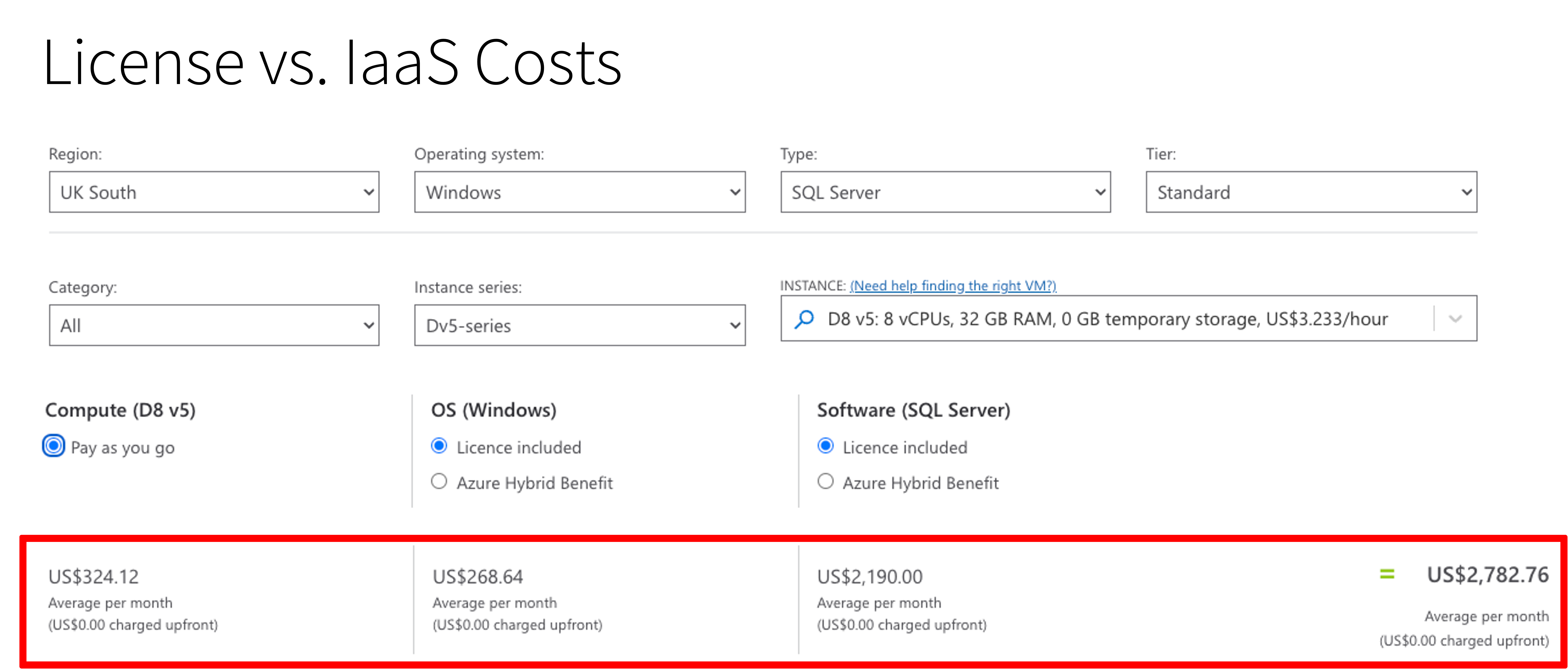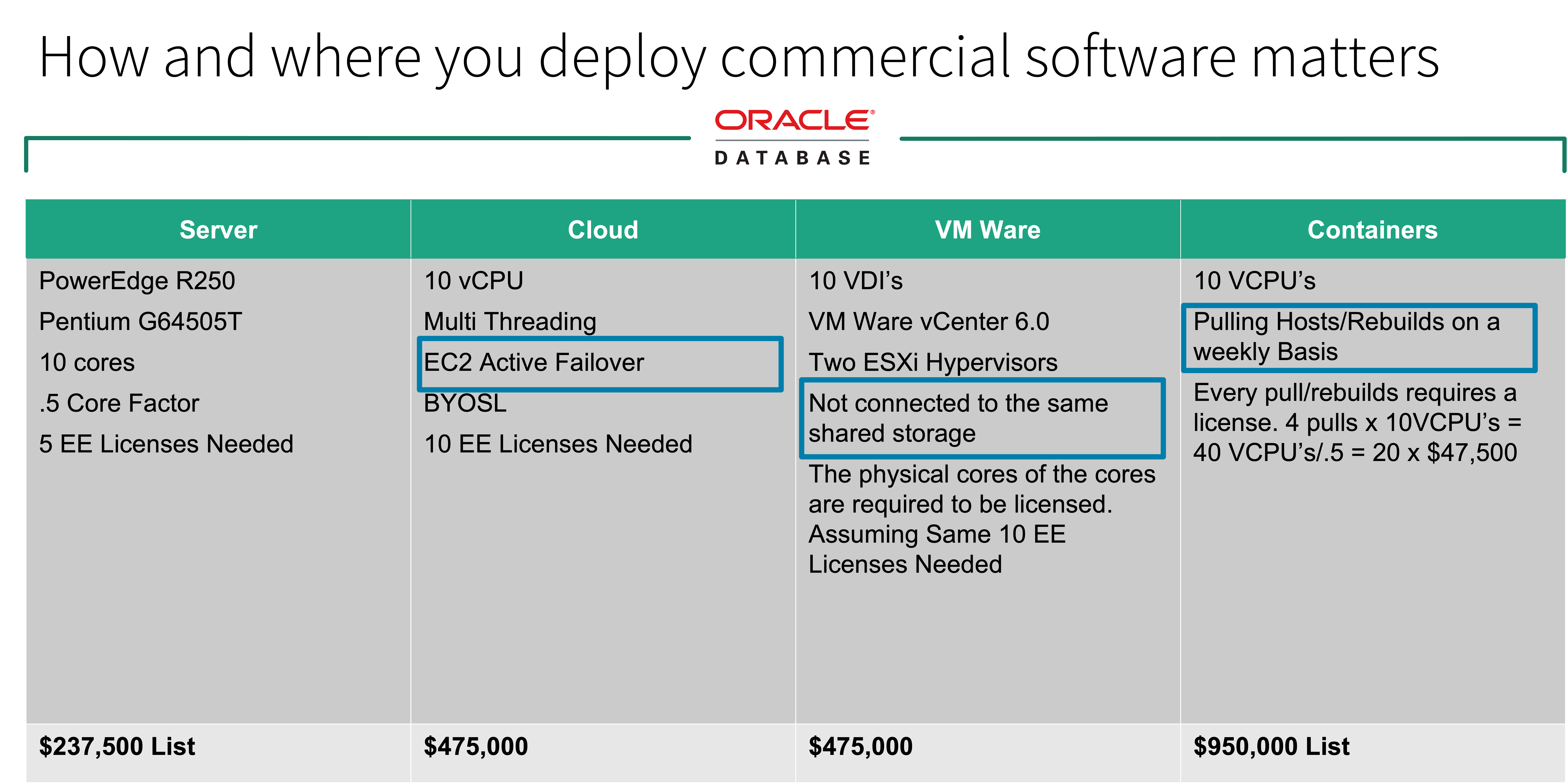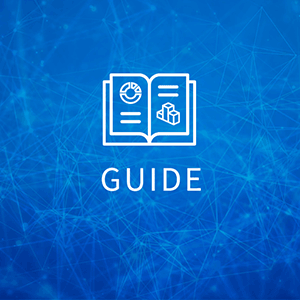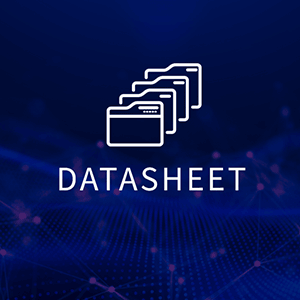Evolution of FinOps
Cloud cost management, cloud cost optimization, cloud financial management—call it what you will, but the basic concepts behind these activities have been around for a decade or more. As offerings from the cloud providers continued to expand in breadth and scope, the need for a more rigorous process to manage these complexities has become apparent. Concurrently, the concepts, practices and processes around these activities evolved and matured. During this time, the term “FinOps” emerged and has been embraced by those responsible for these cost management initiatives.
Many organizations have been doing the practice of FinOps (whether they called it that in the past, or even in the present) for a while, and as such they’ve become fairly proficient at managing the cloud spend around the “least common denominators” of cloud: compute, network and storage. Through the more judicious use of provider discounts (reserved instances, savings plans, etc.), storage lifecycle management and governance policies and procedures, their organizational cloud spend has become more efficient and less wasteful.
Complicated by explosion of cloud spend
As these same organizations continue their migration to the cloud now that they feel they somewhat have their feet under them, more and more workloads are also moving to the cloud, bringing with them commercial software and the licenses and costs associated with them. Historically, FinOps practitioners have not concerned themselves with (or were even aware of at times) the licensing considerations associated with the workloads that are running on the cloud infrastructure. They were tasked with, and responsible for, optimizing the spend on that infrastructure, without regard to the purposes for which it was being utilized. Expertise around the end-of-life, end-of-support, legal and cost-effective use of commercial software has long been the purview of the IT Asset Management (ITAM) practitioner, and where their knowledge and experience with Software Asset Management (SAM) is increasingly critical to an organization’s overall goal of optimizing cloud spend.
While the SAM discipline has been around for decades, the complexities around these activities have only become more complex as software vendor packages have added features, released new functionality spread across interdependent modules and modified their licenses models and terms. Licensed software often has restrictions and requirements around use rights, specific environments where the software can be deployed, support level contracts, and other modules that can affect the licensing entitlements. These are areas in which SAM practitioners have spent their careers gaining the expertise necessary to navigate these complexities, and it is unreasonable to expect a FinOps team to be able to tackle the intricacies involved with commercial software licensing—regardless of how advanced they are in cloud financial management.
At the same time, many of these organizations are employing the use of SaaS offerings where possible, as this removes all the operational burden associated with tasks necessary to their business (CRM, sales management, HR, etc.). Note that these are not their core competency, however. The management of these tasks takes time away from the organization that could be better utilized when focused on their competitive differentiators. And with these SaaS offerings comes a cost as well as compliance considerations. More and more organizations are starting to view these SaaS expenditures as cloud costs because they are “not here” costs as the infrastructure, applications, and data is managed and maintained by the SaaS vendor. But these costs, much like those of the commercial software running on cloud resources, contribute to the organization’s overall IT management costs, and are oftentimes viewed as cloud costs.
The need for total cost of ownership (TCO) of the cloud
Without considering the licensing considerations (and therefore the cost) of commercial software running in the cloud, the true total cost of the associated application cannot be determined. It’s often the case that the licensing costs associated with an application far outpace the costs of the cloud infrastructure on which its running. The example below is from the Azure pricing calculator, and illustrates the situation. The cost of SQL Server is more than eight times that of the infrastructure running that software. Therefore, making adjustments to the infrastructure will have minimal impact on the overall cost.

Additionally, even if savings could be generated by using a different cloud instance size, or if a reserved instance could be used instead of the current compute infrastructure, these modifications can have profound impacts on the software use rights and licensing costs if the new instance does not meet the licensing requirements of the previous instance.
Along with the considerations of infrastructure and licensing costs, the configuration that’s used for deploying commercial software can have significant implications on the overall cost of an application. The figure below shows the costs associated with running an Oracle database installation in essentially equivalent configurations in different compute environments. The costs shown are standard rates, and the blue boxes indicate the configuration differences that drive the cost increases.

Another situation where a SAM team can bring great benefit to the FinOps discipline is with regards to end-of-support (EOS) and end-of-life (EOL) considerations for licensed software. One of the many aspects of asset management that SAM practitioners have in their purview is which software assets are, or will soon be, either out of their support window or deemed to be end-of-life by the vendor. Running these EOS/EOL software packages in the cloud (or on-premises) puts the organization at risk from both a compliance and security perspective. The cost of the application may again be increased when looked at holistically and inclusive of audit and remediation costs.
As a final example, many organizations deploy licensed software they have acquired from the cloud providers’ public and/or private marketplaces. In large enterprises it’s often the case that one or more licenses for these software packages may exist within the organization and can be used for the marketplace software. However, these licenses are not activated automatically by the software vendor. It’s the responsibility of the organization to identify and utilize these licenses effectively—and without members of the SAM and SaaS management teams involved in these marketplace acquisitions, the opportunity for unused licenses (and therefore wasted spend) is high.
A broader view of FinOps
As a result of these additional cloud cost factors illustrated by the ITAM and SaaS considerations mentioned previously, a broader FinOps view is needed. This is the purpose and intent of Hybrid ITAM and FinOps. This discipline combines the existing core components of the classic FinOps framework and lifecycle, and extends it to encompass these additional cloud costs and compliance considerations that could result in additional costs that were previously overlooked or not even considered. Flexera has long seen this future approaching, and we have built our Flexera One platform around these needs that we are now seeing realized. We’re beginning to see others within the industry and the analyst communities recognizing this need for collaboration as well, such as described in the “Target Software and Cloud Costs by Uniting Software Asset Management and FinOps*” research document from Gartner. With the combination of Flexera’s Cloud Cost Optimization, IT Asset Management and SaaS Management offerings, all within the same platform and sharing the same data and control planes, we offer our customers the ability to extend their FinOps practices to include all costs associated with cloud. These costs include the classic definition of “cloud spend” as well as the licensing and SaaS costs we’re now seeing emerge as organizations’ FinOps practices evolve and they are identifying the gaps that Hybrid ITAM and FinOps can fill.
ITAM and FinOps unite
By tightening the collaboration between ITAM and FinOps teams (and ideally combining them into a single team), organizations will be able to gain full visibility into all the costs associated with running an application in the cloud, beyond the obvious cloud resources themselves. As has been described in the examples above, taking a narrow view of cloud cost optimization can have a detrimental effect on an application as a whole. Optimizing one aspect of the application may drive up (potentially significantly) another aspect of the application, as well as expose it to regulatory or security issues. By bringing together the subject matter experts in an organization that cover cloud resources, software licensing and SaaS management, a comprehensive view of an application—and its true costs—can be visualized. This will enable these teams to optimize costs across all aspects of the application, stepping back from the myopic cloud-resource-only perspective.
Cloud Management
Take control of cloud use with out-of-the-box and customized policies to automate cost governance, operations, security and compliance.
Benefits of Hybrid ITAM and FinOps
The benefits to taking a Hybrid ITAM and FinOps approach are many, but can be summarized as enabling true cost optimization of applications and workloads. With full visibility into the resources and lifecycle of an application that utilizes licensed software, you can make holistic decisions about that application, enabling optimization of costs that may otherwise go unnoticed or unchecked. This all-encompassing view of your IT estate empowers your organization to get the most out of every dollar spent on IT resources, enabling true Technology Value Optimization (TVO) across all resources and environments within that estate. And by unifying the ITAM and FinOps disciplines under one roof, these experts in their individual fields will be able to expand their knowledge and expertise, resulting in true optimization of your IT estate.
Learn more about Flexera’s Hybrid ITAM and FinOps solutions here.
*Gartner subscription required to view report






